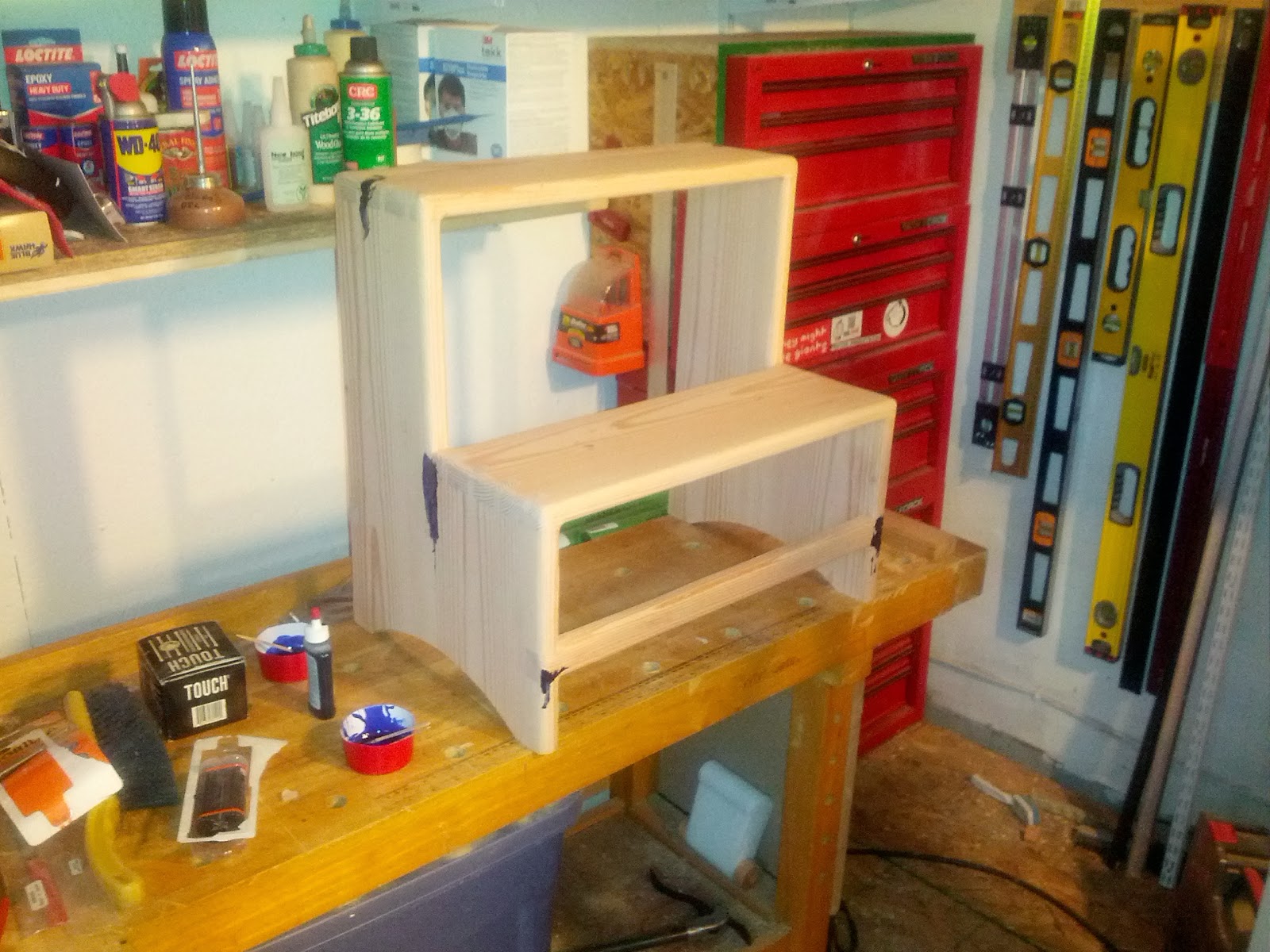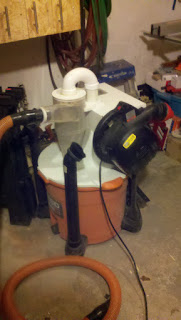Its been a hectic few weeks here. While I cant say its been busier than usual, my holiday schedule has been a lot less predictable.
Thankfully, Ive been able to sneak in a bit of shop time. After finishing my wifes Tin Can Caddies & the Wand Racks, I had a clean(ish) bench and it was time to get back to work on the shop.
I didnt get too much done, but I did get the rigid polyisocyanurate aboard up. Hopefully Ill also get the spray foam done to air seal it before I have to go back to work.
 |
| The caddies and my messy bench. |
 |
| The insulation it coming. |
One schedule I did keep during the holidays was our regularly scheduled MWA podcast. For the audio, check out iTunes or the MWA page.
I hope all my fellow woodworkers had an enjoyable and productive holiday season.
Read More..
Goodbye Village Carpenter You Will Be Missed
Kari Hultman was one of the world’s best woodworking bloggers until September 10, 2013 when she ended her blog at villagecarpenter.blogspot.com.
I’m lucky enough to call Kari my friend. She was the first blogger I met in person when I was just joining the online woodworking community. Even though at the time I couldn’t claim to be any more than an voyeur, watching from the outskirts of the community, Kari was nice enough to let me tour her shop and write about it. After we discussed the shop, she started showing me the tools she was just beginning to make for herself. As I would learn, this was Kari. She’s never stopped sharing her passion for the craft and love of learning and sharing out how to do it.
Since that first meeting my admiration for Kari has only grown - based both on the support she’s alchoices shown me and the stunning items to come out of her shop. Have you seen her homemade level, Sven, the Meditation Benches or the Pennsylvania German Sawbuck Table? I saw the table in person during the finishing process, and the photos don’t do it justice.
| The Pensylvania German Sawbuck Table as I saw it, during the finishing process. |
 |
| Karis photo of her beautiful table and the original. |
Kari’s had The Village Carpenter for six (6) years. In that time she’s put out 538 posts, publishing three (3) per week during her most prolific period. If you’ve not read every one - even if you have - you owe yourself to go back and read them. From the first day, Kari put more thought and care into each post than may put into their entire blog. She’s discussed tool makers, toured museums and taken readers through the process of building projects and tools in an informative, illustrated, step-by-step manner that only Kari can.
I’m struggling not to say goodbye too much here, as Kari will continue to woodwork. Now she’ll get to do it at her own pace and for no one’s satisfaction but her own.
 |
| Well miss your post, Kari. |
To Kari, I’ll miss reading The Village Carpenter. Thank you for all the posts, all the projects, welcoming everyone to the community and - most importantly - showing how we can all make what we want. I wish you and your family only the best. Thank you for the friendship you’ve shown me and my family. Thank you for the mouse poop covered wood. I can’t wait to see you again.
 |
| Thank you, Kari. |

































 I flipped the board over to cut the other side. The piece of wood was pretty small so I used the push
I flipped the board over to cut the other side. The piece of wood was pretty small so I used the push













